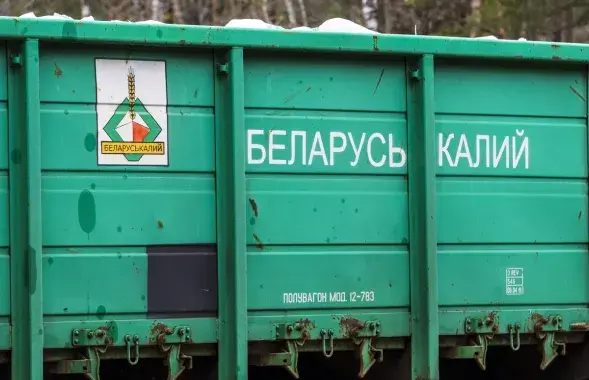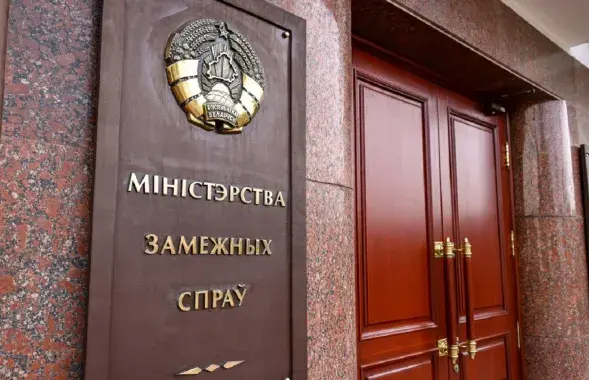Belarus–China military ties: a fragile alliance or strategic partnership?

. / china.mfa.gov.by
Belarusian authorities have long championed their "all-weather partnership" with China, citing strong trade in fertilizers, timber, and meat in exchange for Chinese machinery, electronics, and textiles. However, one aspect remains mainly in the shadows: military cooperation.
Euroradio takes a closer look at the defense-industrial ties between Minsk and Beijing — and what's left of them.
The peak is in the past (for now)
Military cooperation between Belarus and China peaked in the 2010s, but after 2020, it began to decline, leaving only a few key areas intact. Pavlo Rad, a research fellow and expert on Russian and Belarusian programs at the Ukrainian Prism think tank, identified this trend.

"[Military cooperation between Belarus and China] is on pause. Compared to the period before 2020, when the two countries implemented significant projects, such as the Polonez multiple launch rocket system (MLRS) and the modernization of Belarusian air defense systems using Chinese technology, this is no longer the case. Cooperation has been partially curtailed."
The two sides continue working together in electronics supplies and heavy wheeled chassis production. However, even these sectors have significantly shrunk since 2020, according to the Ukrainian expert.
"I think China is currently watching how the situation in Belarus evolves and may consider re-engaging at some point," Rad says.
Primarily, both countries use this cooperation to modernize their armed forces and produce new military equipment.
Key Belarus-China projects
The main area of defense-industrial cooperation is wheeled chassis production. In 1997, "Sanyjiang Volat Company Ltd." was established in China to produce heavy and super-heavy military vehicles and special chassis under the Wanshan brand. Founders included the Minsk Wheel Tractor Plant (MZKT) from Belarus and the Sanjiang Aerospace Corporation from China. Over time, the share of Belarusian components dropped from 70% to 30%.
In 2009, MZKT and Sanjiang established a joint production facility in Minsk to manufacture hydromechanical transmissions for heavy vehicles — Volat-Sanjiang LLC. China's CALT (China Academy of Launch Vehicle Technology), part of CASC, also partnered with the Belarusian Precision Electromechanics Plant. Their main project in 2014 was the Polonez MLRS using Chinese-made long-range precision missiles.
The A200 rockets used in the Polonez have a range of up to 200 km. Later, the plant began producing the upgraded Polonez-M system, capable of launching rockets up to 300 km.
In 2019, with Chinese support, the plant aimed to develop a Belarusian equivalent to Russia's Iskander missile system. No further news followed. In 2022, however, Belarus received Russian-made Iskander-M systems, capable of carrying nuclear warheads.
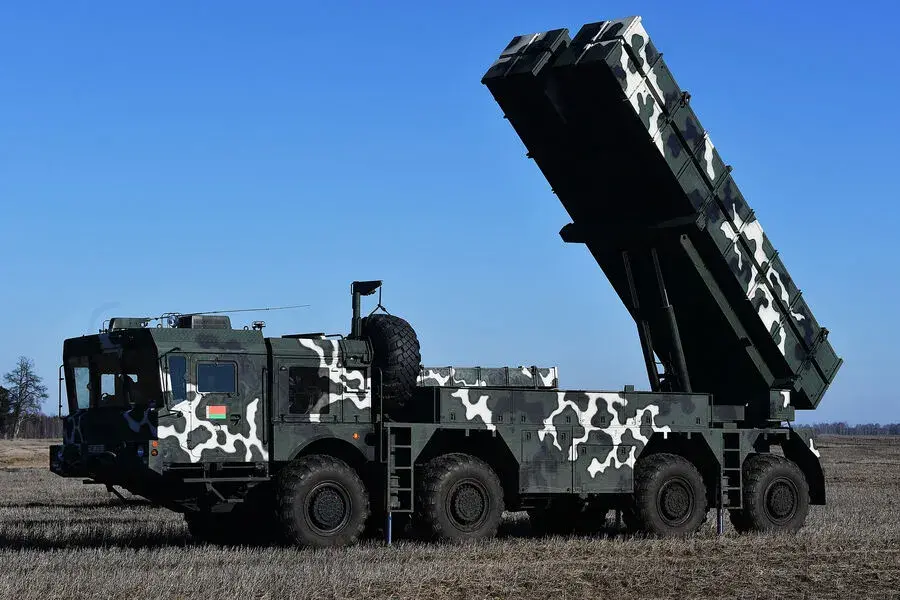
Rad's report also mentions cooperation in air defense modernization:
"In 2017, Chinese defense firm ALIT signed a contract to supply solid-fuel rocket engines for upgrading Belarusian Buk systems to the Buk-MB2 version. The upgraded 9M318 missile can intercept stealth aircraft and tactical ballistic missiles at up to 70 km. Tests are ongoing, and Buk-MB2 systems will likely enter Belarusian service soon."
Belarus's 558th aircraft repair plant services the Chinese air force jets, including Su-27, An-2, and Mi-8 helicopters.
In the early 2000s, Belarus and China began cooperation in space technologies. Their major project was Belintersat-1, the Belarusian national satellite communications and broadcasting system. The satellite was launched from China in 2016.
Electronic cooperation continues on a smaller scale. For example, in 2024, Integral OJSC pledged to supply China with over $7 million worth of products.
Unmanned aerial vehicles (UAVs) appear to be a more dynamic area. The Belarusian Ministry of Defense buys Chinese drones like the Chimera CX10 and Dragonfish Standard. Belarus also tried to build drones using parts from AliExpress, such as the "Peacekeeper" drone in 2022. However, widespread use of Chinese components in Belarusian UAVs has not been documented.
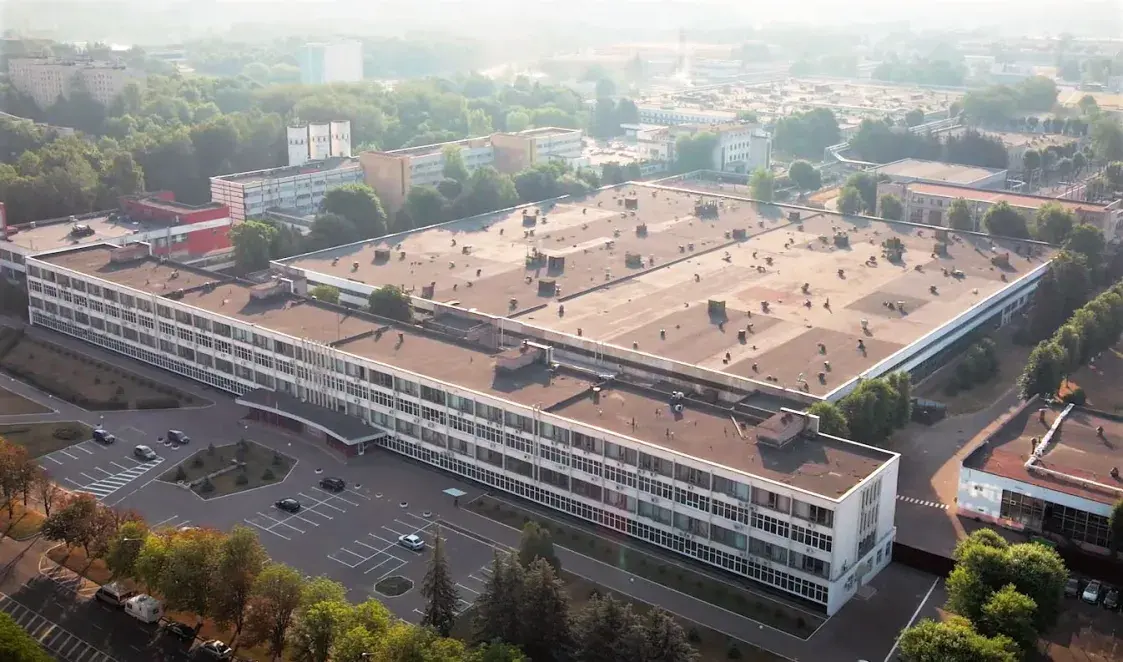
Belarus hosts companies like "Aviation Technologies and Complexes," a joint Chinese-Belarusian UAV manufacturer, and Tianyu Changying (Minsk) UAV Tech Company—a leading Chinese firm in intelligent drone systems. Both are based in the Great Stone Industrial Park.
One-sided cooperation
According to BELPOL representative Uładzimir Žyhar, these companies mainly work on non-military drone projects, "although this could change."
"Belarus is working on around 33–35 types of UAVs in various stages — from design to deployment. Some were successfully tested in Ukraine, including the Chekan, Peacekeeper, Peacekeeper-U, and Ascalon. Belarus has sold over 1,000 combat UAVs to Russia. In the future, five to seven of the most effective models will be mass-produced locally."
Žyhar adds that the cooperation is mostly one-sided.
"Belarus imports machines, production lines, lenses, sensors, and other components from China. Chinese specialists also visit Belarus to configure equipment. In some cases, Belarusian firms outsource manufacturing to China, such as PKP optics, which couldn't be produced in sufficient quantities locally."
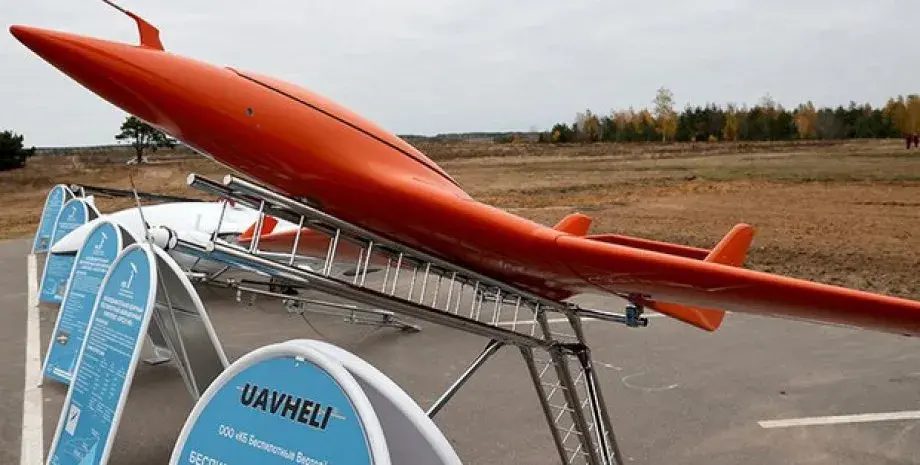
Procurement and sanctions
China continues to work with many Belarusian defense companies under sanctions, according to Žyhar.
"They supply equipment, components, and production lines, and send technicians to Belarus. Chinese firms also act as intermediaries in sensitive contracts."
An April BELPOL investigation revealed that Planar OJSC was working with Shenzhen Yuxing Machinery.
Another Chinese firm, Green Cycle Energy, supplied laser guidance system components to BelOMO, which produces weapons used by Russia in Ukraine. These exports continued even after Western sanctions were imposed.
Morotack (Tianjin) Technology signed a contract to supply Diaproektor (part of BelOMO) with 200 key components for advanced targeting systems.
Diaproektor also received components through the Russian firm Precision Laser Systems, including laser diodes made by China's Haucore. These parts were later sold to a sanctioned Belarusian optics firm, Peleng, which supplies Russia with Sosna-U tank sights.

In 2024, BELPOL reported that through a sanctions-evasion network, over 3,000 Russian military vehicles were equipped with optics from Peleng to support the war in Ukraine.
Keeping their distance
According to Rad, Belarus benefits most from the partnership.
"In the early 2000s, China was receiving technology from Belarus. However, since 2010, the roles have reversed. China now supplies tech to Belarus, as projects like Polonez demonstrate."
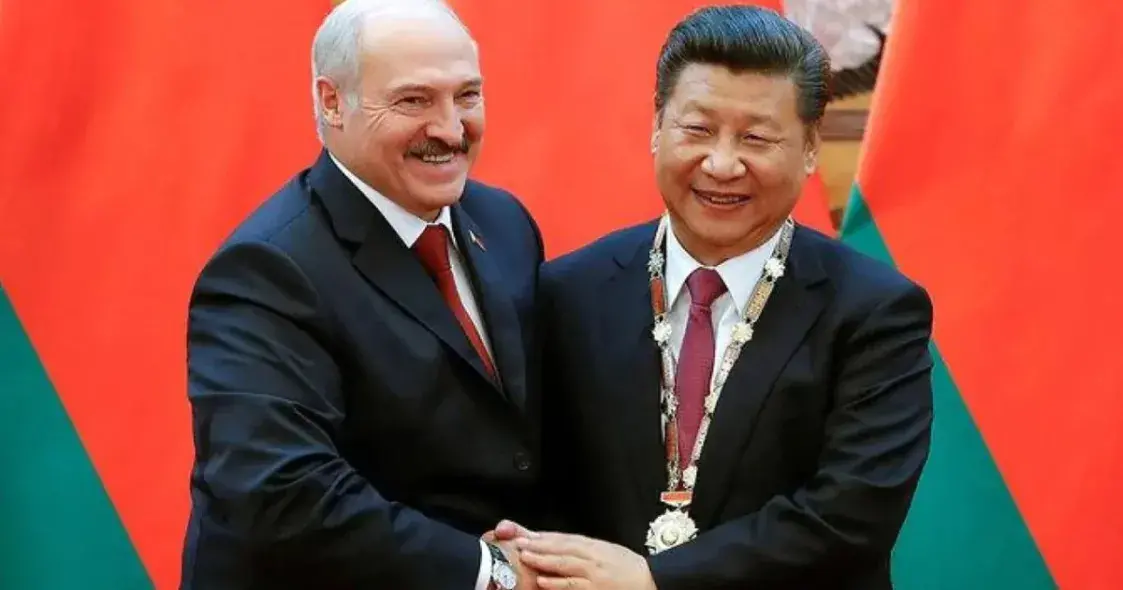
Rad doesn't expect changes soon. Everything depends on the outcome of Russia's war in Ukraine and the future regional security structure.
An unreliable partner after 2020
Since 2020, media coverage of Belarus-China defense ties has dwindled. Although Chinese delegations and joint exercises continue, Rad sees this as "monitoring."
"The Lukashenko regime has become unpredictable, especially after 2022. China now sees Belarus as a risky partner, particularly when it comes to sharing sensitive technologies."
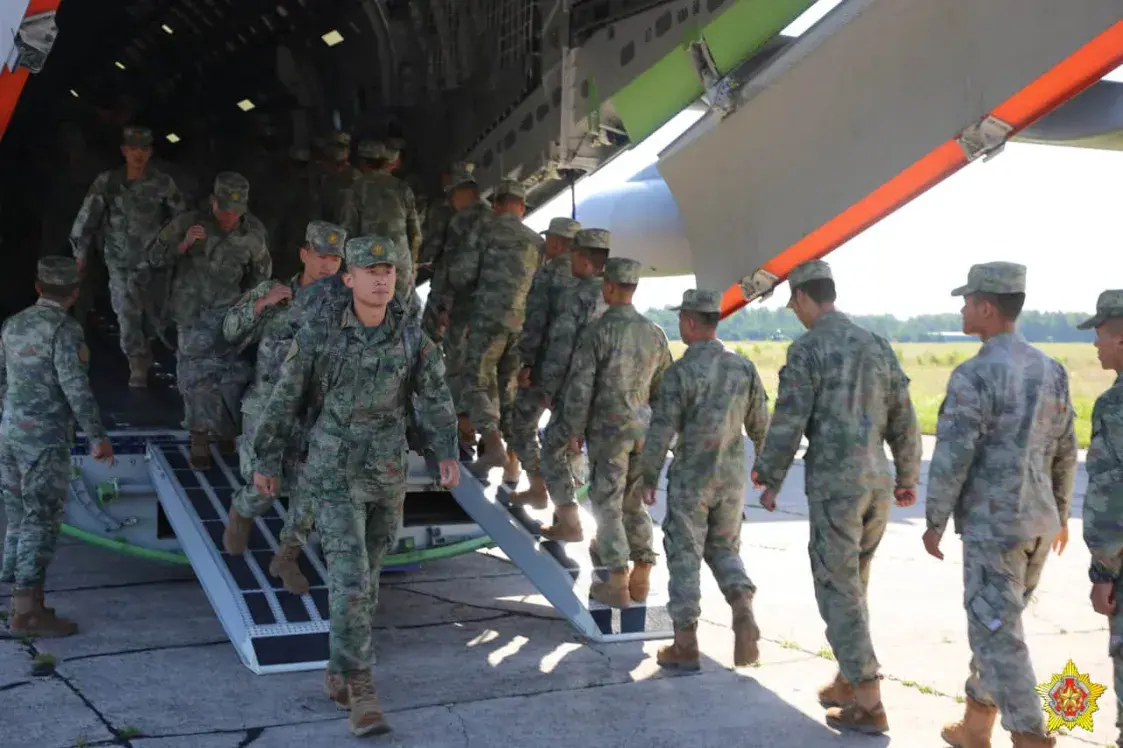
"The main concern is indirect: Chinese equipment and components used in Belarusian factories that produce military goods for Russia. China also helps Belarus bypass sanctions — and that's a potential problem."
There is no known case of China supplying weapons directly to Russia or via Belarus. Nor have Belarus-China joint developments been passed to Russia. Chinese drones bought by Belarus haven't been seen on the Russian side either.





